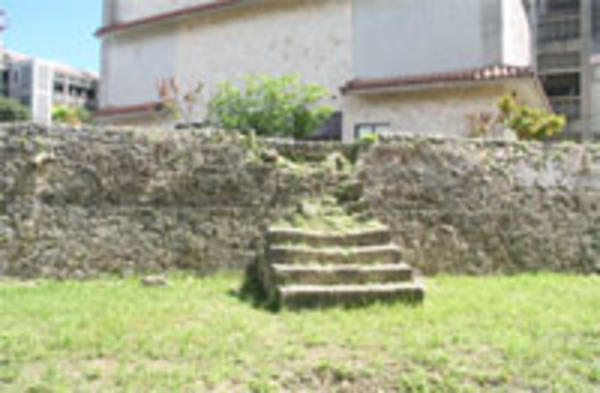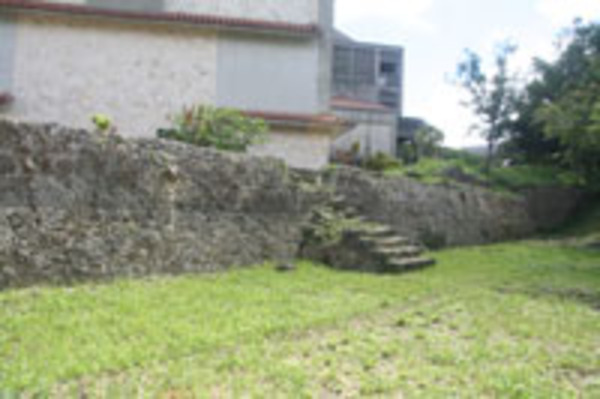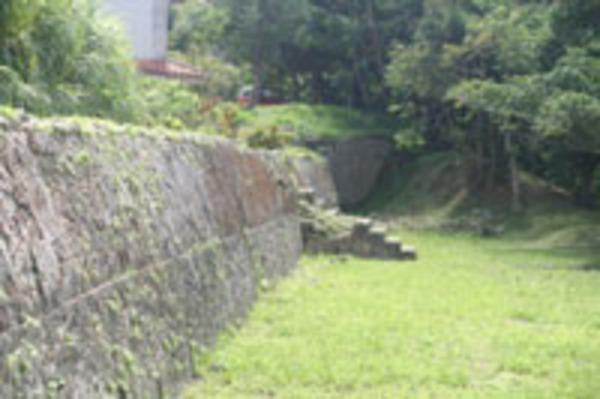Kokugaku Shuri (the National Academy of the Ryukyu Kingdom in Shuri Castle) Reliquary Shrine Stone Wall
Historic sitesHistory




This stone wall is located at southeast side of the Ryutan Pond. The original shape of this stonewall has been well preserved, which made it designated as a prefectural historical monument as an important ruin to know the technique of masonry work in those days and the historical environment around the Shuri Castle
Basic information
- Address
- 903-0812 1-4-1 Tonokura Shuri Naha Okinawa
- TEL
- 098-866-2731 (English is not supported) Naha Board of Education Cultural Heritage Division
- Business hours
- Nothing in particular
- Close day
- Nothing in particular
- Charge
- Free
- Parking
- None
- Access information
- A 2-minute walk from the Tonokura bus stop. Along the Ryutan-dori.
Additional Information
- Academic information
- Cultural property(Prefectural designated historical site)
Designated Date: June 11, 1993
This stonewall is located at southeast side of the Ryutan Pond. The chronicles of Ryukyu, “Kyuyo” says that Kokugaku was built in 1801 and its Shuri Reliquary Shrine in 1837 at the present location, by the Ryutan Pond. This stone wall is a part of the western stonewall of Kokugaku and the Shuri Reliquary Shrine, it is about 56m long, and about 3m high on the front side (Ryutan side), with the round top of stone wall and the plastered surface of the upper half of the front side of the stone wall. The excavation around the stonewall found that not only a part of stone paving, sewerage, etc. but also Arita ware bowls, plates, bottles and Chinese potteries and ceramics of the 16 to 19 Century have been unearthed. A square in front of the stonewall is where a banquet “Banquet of Choyo” was held on the lunar calendar of September 9 for entertaining Chinese investiture envoys during the Ryukyu Kingdom period. The original shape of this stonewall has been well preserved, which made it designated as a prefectural historical monument as an important ruin to know the technique of masonry work in those days and the historical environment around the Shuri Castle. - Quote
- Naha Board of Education Cultural Heritage Division (2007) "Naha Cultural Property" Naha Board of Education
